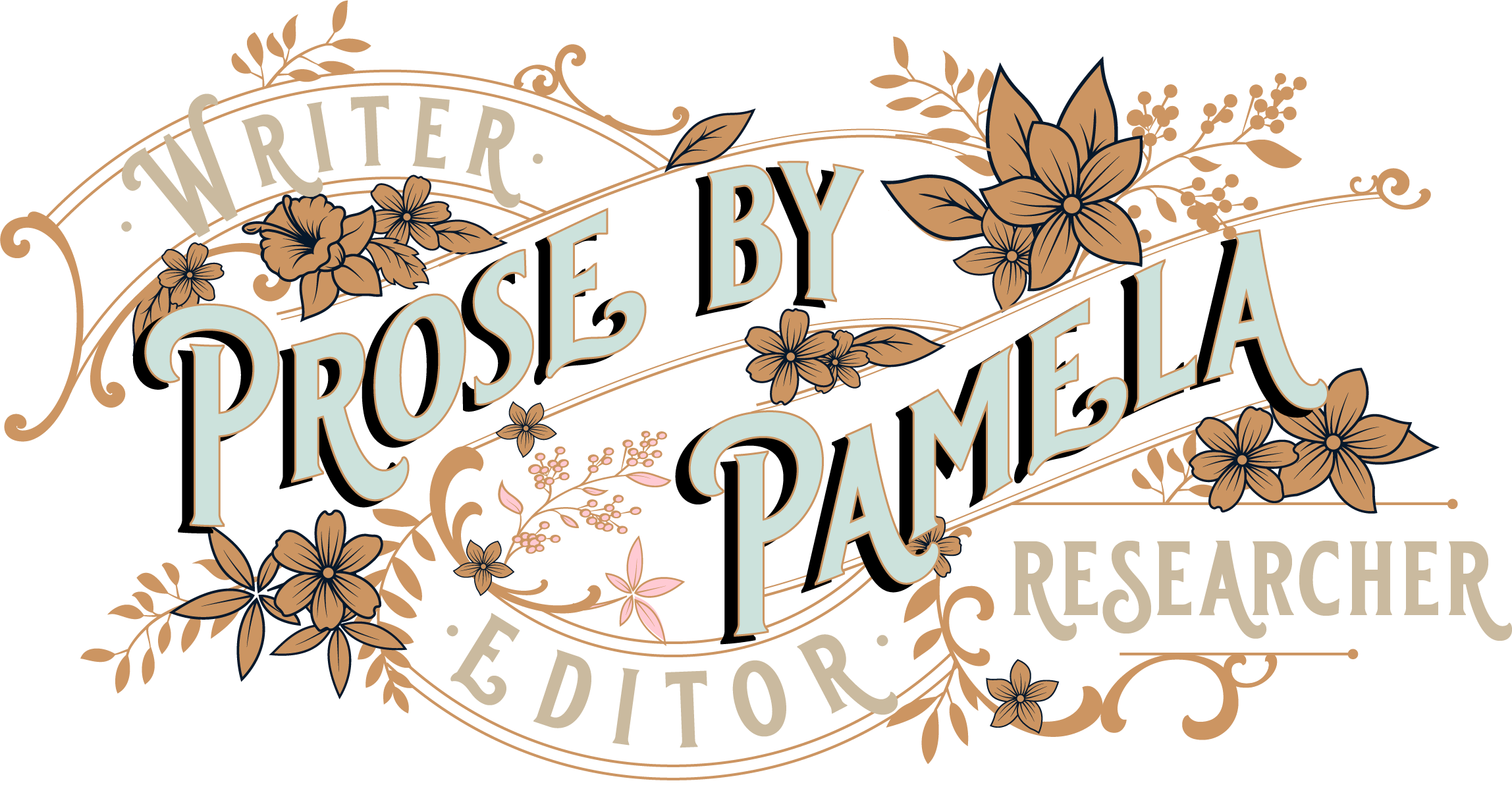Over my years as a writer I’ve tried practically every piece of software out there – anything to make the writing process easier. With a large workload and deadlines, being able to streamline my process is essential. It not only improves my output but means I get some valuable downtime as well (absolutely crucial when you do a creative job with a high mental load!). It is hard to determine the best writing apps and software available on the market, especially since it can be quite expensive to try all of them.
Of all the apps I’ve used, there are some that have become part of my regular rotation, and some I’ve given up on. Even if they’ve dropped out of my workflow, hopefully my list of best writing apps will help you decide what might work in your own set-up.
Novlr
Novlr is my go-to writing app. I bought a lifetime licence when it first launched because I loved the sound of what they were offering and I’ve not regretted it for a second! Not only does the program itself have a clean, modern interface, it also offers distraction-free writing, the ability to set your own goals, and to track your progress.
Because it’s browser-based you can access your writing from anywhere with an internet connection, through any device or browser. If I’m falling asleep and an idea pops into my head all I have to do is log in to my phone and make a note – and there it is in the morning, ready for me to go when I’m at my desk. Novlr also provides the option to sync directly with Google Drive and Dropbox, so you can be 100% certain your work is safe.
I wrote a blog post for them back in 2019 as one of their featured authors. While they’re not the cheapest option on the market, they’re definitely the best at what they do. Still, I’ve had Starbucks coffees that cost more than what they charge a month, so I definitely think it’s worth the commitment. If there were a definitive list of the best writing apps, Novlr deserves its spot at the very top.
Plottr
Plottr is a relatively new discovery for me, but it has absolutely revolutionised my workflow. Plottr is the writer’s corkboard for the 21st century. You can easily create entire plots and timelines, rearrange by clicking and dragging, create filters to easily find characters, places, or user-created tags, and colour code subplots for easy navigation.
Plottr provide templates to make getting started even easier – an absolute godsend for a ghostwriter. You can even create character templates that you can link to your outline through places, tags, or custom attributes. But best of all? After you’ve filled in notes on your scenes, Plottr will automatically generate a clean, editable outline for you to export to Word or Scrivener. It couldn’t be simpler.
If Plottr and Novlr teamed up and created a single platform with both their offerings, I would be the happiest writer alive – it would, without a doubt be one of the best writing apps ever created. But for now, I’ll have to live with copy and pasting my data between the two.
Scrivener
If you’re a writer you’ve almost definitely heard of Scrivener. It’s probably one of the most widely used third-party writing apps out there, and I know lots of people who swear by it. While I liked having a dedicated app for all my work and enjoyed the inspiration and corkboard options, it always felt like I spent more time using Scrivener, than actually doing any writing.
While the app is comprehensive, it’s got a very steep learning curve. You’ll spend ages just trying to navigate the app rather than doing what it was actually designed to do – writing. It was also a version behind on PC for a very long time, which was frustrating. I work on both Mac and PC (PC at home, with a mobile Mac rig), so the fact that I couldn’t sync between devices was also a major turn off for me.
Scrivener is great if you plan to dedicate yourself to one writing solution on a single operating system for the long term. But for me, it felt a little bloated and didn’t offer me the consistency I needed across platforms.
Scribophile
Despite being popular around NaNoWriMo, Scribophile gets very little press outside of it. Rather than being a dedicated app, it’s more of a social network for writers. It’s a really fantastic resource, especially for those without access to local writing groups. It’s an online community that allows writers of all levels to upload their work and receive detailed critiques.
One of the best things about Scrivener is that you have to give critiques to receive critiques, meaning that it’s an engaged community who all genuinely care about making your work the best it can be. With both free and premium options available, it makes writing feedback available to absolutely anyone with something to write about – and with professionals like me using the community, you’ll get a great range of viewpoints from both amateur writers and professionals, so you know exactly what kind of appeal your story has.
Word Processing Software
There’s a lot to be said for keeping it simple, and there’s honestly nothing wrong with going back to basics and just using an out-of-the-box word processing solution. I’ve used Microsoft Word, Pages for iOS, and Open Office, and honestly, if I weren’t using Novlr and Plottr as a dynamic duo, I’d probably just be sticking to those.
There are benefits to each, and depending on your needs will determine which is best for you. Obviously, Mac users will probably use Pages, and Windows users will use Word, but Open Office is available to both. If you want your writing to be cross-platform, then Open Office is the right solution, but if that’s not a consideration then you’ll probably stick to whatever option is native to your OS.
One thing to consider is that most publishers and agents will only take submissions in Word formats. While Pages does provide the option to save as a .doc or .docx file, one of the issues I’ve found is that some of the formatting is often slightly off in export. So if you write on Pages, it’s definitely worth making sure you save it as a Word file and do your final proofread on a Windows device to make sure there aren’t any nasty surprises when you’re submitting.
Grammarly
I have a love/hate relationship with Grammarly. It’s the perfect tool for streamlining proofreading, but is not – I repeat – is not a substitute for an editor or proofreader.
Grammarly is really useful for mopping up basic typos and rogue punctuation mistakes that are easy to miss. It’s also great to prompt you to diversify your vocabulary. It only works, however, if you already have a really solid grasp of the fundamentals of grammar. The app lacks any nuance, and will often throw you a lot of false corrections that you need to be able to recognise for it to be a truly useful resource.
The way that Grammarly advertises itself is only partly accurate. They really push how useful the app is for helping people who aren’t native English writers, and that they can help make your writing more engaging, but in my experience, neither of these are 100% true. Their comma corrections, for instance, are wrong more times than they are right, and they will always try to correct the use of the passive voice when tonally it’s not what you’re going for. It also doesn’t understand the nuance of how grammar can change the meaning of a sentence, so for fiction writers, it’s rarely useful for anything more than very basic proofreading.
Final Draft
Last year I wrote a few scripts for a small animated series and a children’s educational game. Final Draft is definitely a great resource for screenwriters, but not something that a fiction or non-fiction writer is going to need. It’s got a bit of a learning curve, but once you know how to use it, it makes formatting a breeze. It is quite expensive though, and only worth the financial outlay if you plan to focus the majority of your writing time on screenplays or scripts.
If you only plan on the occasional dalliance, just stick with a basic word processor. It’ll save you both time and money. If you’re a screenwriter though, the time it takes to learn the software’s ins and outs is definitely worth the commitment, as well as the one-off cost.
Cardsmith
After giving up on Scrivener, I needed an app that would fill the plotting void created by my loss of Scrivener’s corkboard feature. Cardsmith was the best substitute I found after playing around with some different options. It’s basically a sticky notes app designed for brainstorming and project management, but it was pretty useful for plotting as well. It was a great way to visually show how my stories would tie together, and being able to colour coordinate my cards meant it was pretty easy to navigate.
As useful as Cardsmith was, however, when I discovered Plottr, I abandoned it completely. Plottr is specifically tailored for writers, so is a much better investment, in my opinion. That said, if you want something with multiple uses beyond just writing, that is clean, modern, and easy to use, then Cardsmith is definitely a decent solution.
Dragon (aka Dragon NaturallySpeaking)
Sometimes Dragon is a necessity of the job (many of my clients use it), but every time I’m forced to use it, I hate it just a little bit more. But it’s a really useful resource that is almost completely unique in the market. It’s a speech recognition software that lets users dictate into the software to have it converted to text.
Not everyone is able to put pen to paper, so it’s a great way to allow people to write their own stories without having to do any actual writing. I’m glad it exists because it means that clients with disabilities, those whose first language isn’t English but want to write in English, or those who simply have very busy schedules are able to provide notes, outlines, and whole drafts without too much fuss. But god, it’s tough for me to use on my end. It’s great to be able to get comprehensive notes from clients but be warned, you’ll have to do a lot of editing.
I’ve also used Dragon for transcription. If you’re not fast at typing, then you might find this part of the program useful. I often receive audio files of conferences, talks, or simply dictation that I’ve tried to run through the transcription software, and if you can’t type particularly fast then this might be useful to you, so long as you prepare for the aforementioned lots of editing.
If you can type fast though, then you might find it’s faster and more accurate transcribing my hand. That said, Dragon does allow to pause audio with the click of a button in-app which means that if you want to manually type everything out, then it’s a pretty good platform to do that in, but overall, it’s not going to be an enjoyable experience.
Dragon has its uses, but I don’t enjoy working with it. That doesn’t mean I don’t recommend it, though. There are so many niches that only Dragon can fill, even if it isn’t the most seamless software to work with.
Ultimately, every writer will find their own perfect workspace and workflow. Of all the apps and software I’ve tried, these are the ones I find the most useful. I’d love to hear what you use in your workflow, after all, everyone will have their own opinions on what constitute the best writing apps. Feel free to let me know if you have any of your own recommendations!





0 Comments